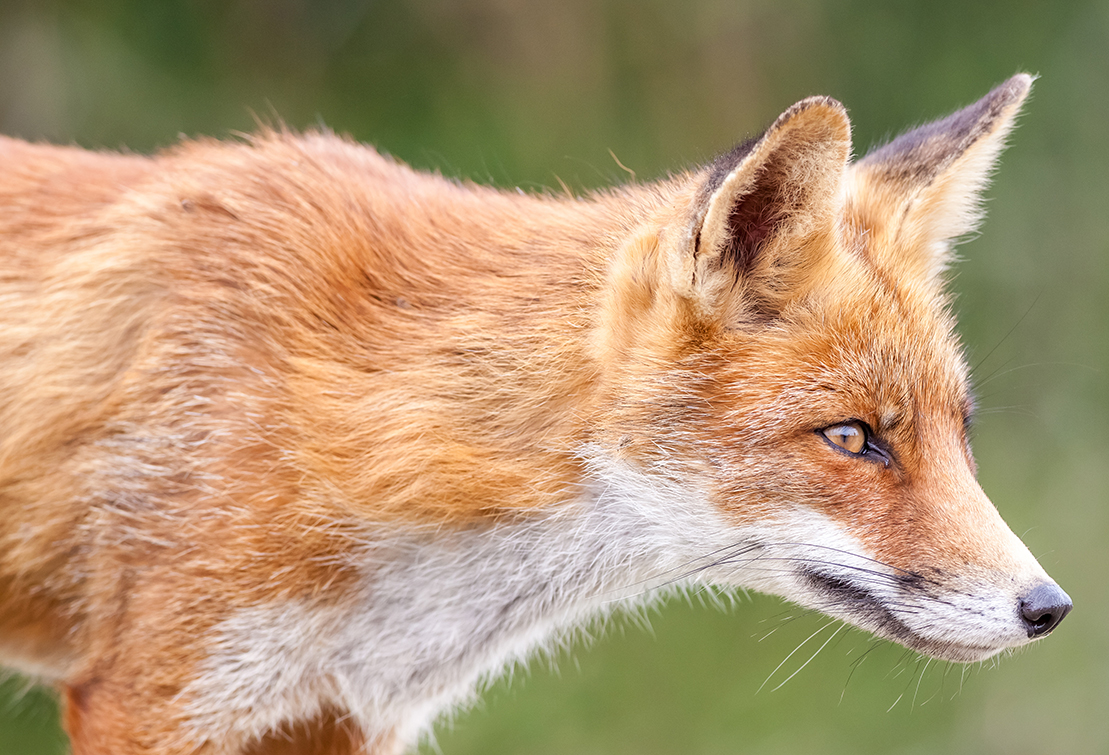Run those foxes out of town
15 Sep 2021
 SMALL FARMS NETWORK - SPRING 2021 - PESTS & WEEDS
SMALL FARMS NETWORK - SPRING 2021 - PESTS & WEEDS
By Claire Hockley
Biosecurity Officer
M: 0419 839 049 | E: claire.hockley@lls.nsw.gov.au
 Fox control during their breeding season this spring is an effective time to reduce the fox population.
Fox control during their breeding season this spring is an effective time to reduce the fox population.
Successfully doing so relies on using a range of control techniques, including poison baiting, shooting, trapping, fencing and guard animals.
In the peri-urban area, all these control techniques are not always available to be used. Regulation around the use of 1080 baits limits its use around dwellings, close to towns/villages and on small properties due to the risks posed, mainly to domestic dogs. Before fox baits can be issued, a property risk assessment must be completed between the land manager and a Local Land Services Biosecurity Officer to assess if the requirements in the 1080 Pesticide Control Order can be met.
On smaller-scale properties, the best strategy is to reduce the ability of foxes to attack livestock and pets. This may include housing animals in fox-proof enclosures overnight or using guard animals such as alpacas. It is a good idea to remove uneaten pet food and food scraps from around the house as foxes can survive on a variety of food source and these will draw them in.
Murray Local Land Services has fox traps available for hire. Give your local Biosecurity Officer a call to discuss what control options may be available to you.
Foxes prey on small stock animals such as lambs, but also on chickens and other poultry, as well as native animals including turtles, birds and small mammals.
Remember, biosecurity is a shared responsibility, and every land manager has an obligation to manage biosecurity risks on their land.